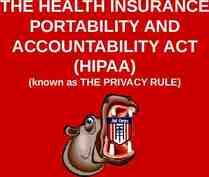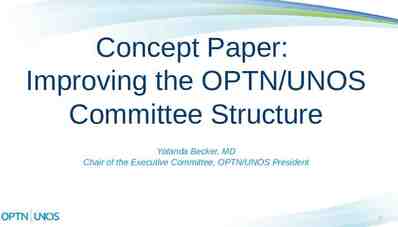Telepractice Delivery of Services in OASAS Programs 2/21/24
13 Slides291.10 KB
Telepractice Delivery of Services in OASAS Programs 2/21/24
2/21/24 2 14 NYCRR Part 830 This proposed regulation will be open for public comment until December 16, 2017 (published in the State Register November 1, 2017). The proposal is enhanced by a guidance document posted on the Office website along with the proposed regulation. The Office welcomes comments on that document as well.
2/21/24 3 Basic provisions of Part 830 Provider designation Service limitations Written plan & attestation Site approval Authorized practitioners and contracts Confidentiality (federal law)
2/21/24 4 Provider Designations appended to an operating certificate Certified Providers may apply to Bureau of Certification for designation by: Submitting a “Plan and Attestation” that includes: Proposed sites for location of both patient and practitioners; Proof of a technology provider and technical specifications Contracts or agreements with practitioners Proposed services to be delivered via telepractice Assurances of confidentiality and patient rights
2/21/24 5 Service limitations Does not include: audio or video telephone conversation, electronic mail message, or facsimile transmission between a program and a patient or a consultation between two practitioners, although these activities may support telepractice. Telepractice may be used to deliver: Admission assessments, direct transfers; Psycho-social evaluations and mental health consultations; Medication assisted treatment prescribing and monitoring (federal restrictions may apply) Other services: as approved by the Office.
2/21/24 6 Authorized Practitioners for OASAS Medical professionals with DEA approval to prescribe and administer buprenorphine (DATA 2000 waiver): Physicians Physician assistants Nurse practitioners Some clinical staff credentialed or approved by the Office (Medicaid may not be billed for CASAC services delivered via telepractice)
2/21/24 7 Site approvals The “Distant site” or “hub site” means the site at which the practitioner delivering the service is located at the time the service is provided. Practitioners may be located anywhere in the U.S., but must be licensed to practice in NY and be Medicaid enrolled in NY. “Originating site” or “spoke site” means the site at which the patient is located at the time the service is being provided. Patients may be located in any site approved by the Office as proposed in the “Plan and Attestation” for designation.
2/21/24 8 Patient Rights Patients (or prospective patients) must consent to receiving services via telepractice Patients must be evaluated for suitability prior to a telepractice session Patients may be accompanied by a staff member Additional federal rules apply to buprenorphine
2/21/24 9 Medication Assisted Treatment Practitioner must follow standards of professional practice regarding establishing an appropriate clinical relationship with the patient. Practitioner, if a prescribing professional, may issue a prescription if it is determined to be medically appropriate. Practitioner must verify that the patient has been determined to be appropriate for services delivered via telepractice
2/21/24 10 Medication Assisted Treatment: Controlled Substances Ryan-Haight Online Pharmacy Consumer Protection Act of 2008 (21 USC 829) The initial visit for buprenorphine must be conducted as follows: Practitioner must conduct an in-person evaluation; OR Conduct a telepractice evaluation with another DEA registered practitioner (MD, PA, NP) physically present with the patient; OR Conduct a telepractice evaluation with the patient located in a facility registered with the DEA as a hospital/clinic. Buprenorphine induction must be in-clinic.
2/21/24 11 Medicaid billing Services are considered “face to face” Services delivered via telepractice must be approved by the Office Billing codes are the same as any other service EXCEPT: Must have a “GT” modifier to indicate service was delivered via telepractice
2/21/24 12 Compare to OMH Part 596 (telepsychiatry) FOR OASAS: Patient does not have to be located in a certified location (but location must be approved by OASAS) Practitioner does not have to be located in NY Certified provider is always the billing entity (practitioners are reimbursed for services by provider via a contract or MOU) Long term counseling is not an approved OASAS service without a waiver; emergency services are acceptable
For additional information contact: [email protected] Deb Egel: [email protected] Sara Osborne: [email protected] Carmelita Cruz: [email protected] (518) 485-2312 or (646) 728-4518 2/21/24


















